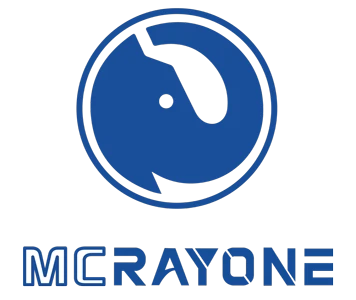How Does The Oil Press Filter, Filter
Separation of suspended matter from crude oil
1. Unrefined vegetable oil obtained by pressing, leaching or other methods is generally called gross oil or crude oil. The crude oil usually contains some solid impurities such as oil cake, meal, sand, straw fiber, iron filings, etc., because these impurities exist in the suspended state in the oil, so it is called suspended impurities. Suspended impurities have adverse effects on the transport, temporary storage and oil refining of the crude oil, so they need to be removed from the crude oil in time after the oil preparation process.
2. The separation of suspended impurities in crude oil usually adopts sedimentation and transition methods, but because the content, component type, particle size and properties of suspended impurities in crude oil vary greatly with the different conditions of the oil process, so the process and equipment for the separation of suspended matter are also different for the crude oil obtained by different oil process. The crude oil obtained from the press contains many coarse or fine cake residue or "oil residue", and its content varies greatly with the nature of the press billet, the pressing conditions, and the structure of the press, usually between 2%-15%. Generally, the separation process of suspended impurities in pressed crude oil is divided into two steps: oil-slag separation (coarse separation) and suspended matter separation (fine separation). The first step is to separate large and heavy solid cake residue in the oil tank, and the third step is to separate small cake crumbs with a plate and frame filter or a blade filter. In recent years, the direct use of horizontal spiral sedimentation centrifuge to separate the cake residue from the pressed crude oil has also achieved good results and has been widely applied in oil plants. The separation of the cake residue from the pressed crude oil is usually carried out immediately after the pressing operation in the oil press workshop and the separated oil-containing impurities (cake residue and filter cake) are sent back to the press by screw conveyor for repressing.
Three: the sedimentation method of gross oil suspension separation
Sedimentation separation is divided into gravity sedimentation and centrifugal sedimentation according to the different forces of suspended impurities in the fluid.
1. Gravitational subsidence
1.1 Natural sedimentation under gravity is the simplest and most commonly used method of separation. It is the use of suspended impurities and oil relative density is different, in the natural static state, the suspended impurities from the oil to settle down and separate from the oil. The separation efficiency of gravity sedimentation is low, and it is only suitable for the separation of large particles suspended impurities in crude oil. When gravity sedimentation is used for the separation of fine particles, in order to improve the sedimentation rate, condensation and viscosity of the system can be reduced. The increase of sedimentation temperature can reduce the viscosity of grease, which is conducive to the sedimentation of particles, but the increase of temperature should not exceed the critical temperature of particle agglomeration. Generally, the temperature of settlement separation is maintained at about 80℃. In addition, adding electrolyte aqueous solution to the crude oil can promote the condensation of suspended matter or increase the relative density after water absorption and expansion, and accelerate the rate of sedimentation and separation.
1.2 The commonly used gravity settling equipment is the settling tank. The slag-bearing crude oil is sent into the settling tank by screw conveyor. After settling, the crude oil flows into the clean oil pool from the overflow pipe through several partitions. The rotary scraper conveyor in the box is continuous at a very low speed, and the scraper on the scraper scrapers the oil slag at the bottom of the box. When passing the long screen plate above, the grease contained in the oil slag leaks into the box through the screen hole, and the cake slag is moved to the other end of the box with the scraper, falling into the screw conveyor, and is sent to the oil press for repressing.
1.3 The tank is characterized by good settling effect on the coarse cake slag in the crude oil, mechanized dregs and slag return. However, its disadvantage is that the settling time is long, and the slag content in the separated oil and the oil content in the slag are higher. In addition, the hot crude oil in the oil tank is in contact with the air for a long time, which will adversely affect the quality of the crude oil, especially the crude cotton oil should not be used with this device.
2. Centrifugal settlement
With the help of centrifugal force generated by high-speed rotation, the liquid and suspended matter of the oil suspension system are separated, so as to realize the solid-liquid phase separation process, which is called centrifugal sedimentation separation. Centrifuge sedimentation is more advantageous to the separation of suspensions with fine particle size and small density difference between solid and liquid. The equipment used for separating suspended matter in crude oil is a horizontal spiral centrifuge, also known as decanter, which is mainly composed of a cylindrical drum, a spiral conveyor, a transmission device, etc. The hollow shaft at both ends of the drum is supported horizontally on the rolling bearing, and the inner cylinder with the screw discharger is installed in the drum through the support bearing at both ends. The spiral axis is concentric with the drum, and the outer edge of the screw leaves a small gap with the inner wall of the drum, and maintains a speed difference of about 1% between the two with the help of the gearbox, forming a relative movement. The small end of the drum is equipped with a pulley to transfer the motor to the drum. The feed tube extends from the center of the big end of the drum into the middle of the spiral inner cylinder.







